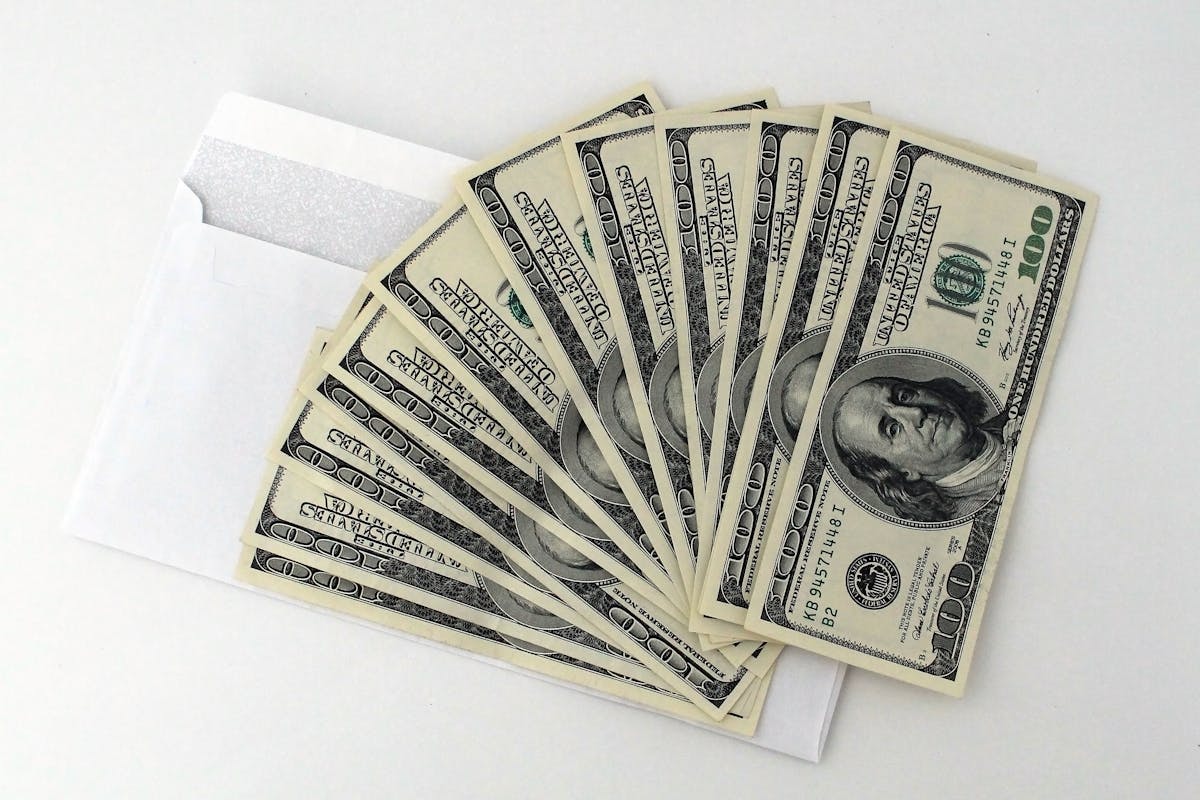In this article, you will understand what liabilities and assets are in accounting and learn about the importance of these concepts. Let’s go!
What is asset and liability in accounting?
You see, accounting deals with several terms that must be known by the person responsible for the company’s finances. Assets and liabilities, for instance, should be recorded in the balance sheet and are very useful in assessing the financial status of the business.
Thus, they also let us understand what the next steps should be in search of improvements for the company’s development in the future.
Find out more about each of them below:
Assets
First, it is worth understanding which items fall into the asset group. Assets refer to the company’s assets and rights.
See the main examples:
- money in cash flow ;
- stock of goods;
- movable and immovable;
- accounts receivable ;
- between others.
In this way, it is possible to see that assets generate benefits for companies, as they indicate the business’s income. Furthermore, they are divided between current and non-current.
Current assets are available in the short term — such as inventory, accounts receivable in the same year, cash flow and highly liquid investments. Non-current assets are recorded in the long term, such as movable and immovable property, low-liquidity investments, machinery and operating systems.
Liabilities
While assets refer to the benefits of rights and income, liabilities refer to the company’s obligations. Therefore, they involve amounts that reduce the company’s equity, such as accounts payable .
Like assets, liabilities can also be divided into two groups. Current liabilities are obligations that the company must fulfill as soon as possible, usually within a period of one year.
Examples include:
- payrolls;
- debts with suppliers;
- profit distribution;
- taxes and contributions.
Non-current liabilities are those that may take longer periods to be paid, such as long-term financing and loans, purchases paid in installments of more than 12 installments, among others.
What is the difference between asset and liability?
With this, it is easier to compare and understand what the difference between the assets and liabilities in accounting is. In real life, the difference between these factors can be understood by seeing the financial flow of the company.
To better understand the concept of an asset, suppose a company made an expense that resulted in a benefit for the business, such as the purchase of a specific piece of equipment. Therefore, the outflow of money was converted into a gain, which will be paid in the short, medium or long term.
The same reasoning can be applied to the purchase of software, the hiring of new professionals and investments in training, for example. In other words, all expenses that can bring strength to the company and accelerate its growth.
Thus, while assets represent benefits for the business, liabilities reflect the total amount of money spent by the company on a recurring basis. They do not necessarily represent an investment or benefit — such as paying taxes, lawsuits and fines.
What is net worth?
When it comes to assets and liabilities in accounting, equity is another concept that should be understood, as they are related. When the financial sector calculates the difference between assets and liabilities, the result is called the company’s equity.
In general, this calculation is made in the balance sheet — a report that serves as a financial diagnosis of the company. If the result is positive, it means that the company is in credit, while a negative total means that it is in debt.
Understanding the differences between assets and liabilities is essential so that they can be recorded correctly in the company’s accounting records. Analyzing the data helps you review your investments and the way you are managing your money.
Furthermore, the balance sheet can serve as a warning, allowing you to identify situations in which debts have accumulated and exceeded assets. The report is also useful for visualizing the financial evolution of the business over time.
This is possible by regularly preparing the balance sheet. If you notice that the company’s net worth has increased, for example, your budgeting strategies are working. If the opposite occurs, it may be an indication that the processes need to be reviewed.
For this reason, it is essential to record all financial data regularly and accurately. This way, the balance sheet will be realistic and the report can be better used for the development of the business.
Why is it important to know these concepts?
As you have got observed out, knowledge the way to stability property and liabilities is one of the key elements to preserving the financial health of your company. By lowering liabilities and maximizing assets, the commercial enterprise business enterprise turns into extra worthwhile.
This dynamic, in turn, impacts the business’s financial and budgetary planning , allowing it to better control its investments and plan to pay off debts.
Furthermore, knowing and monitoring your assets and liabilities is essential to achieving balance, as it is quite difficult to maintain an operation without liabilities. Therefore, it is worth keeping in mind that, at some point, you may incur debts with suppliers or financial institutions in search of credit that will help your business.
Knowing exactly how committed you are towards liabilities and potential assets can give you the possible plans for the future. Then you do not take too much debt or unnecessary obligation to compromise your business’s cash flow. The goal, after all is to grow without damaging your cash flow.
Now you know what liabilities and assets are in accounting and why these concepts are important for your business. Balancing these factors gives you a chance to keep a healthier and more profitable business, especially in the long run.
